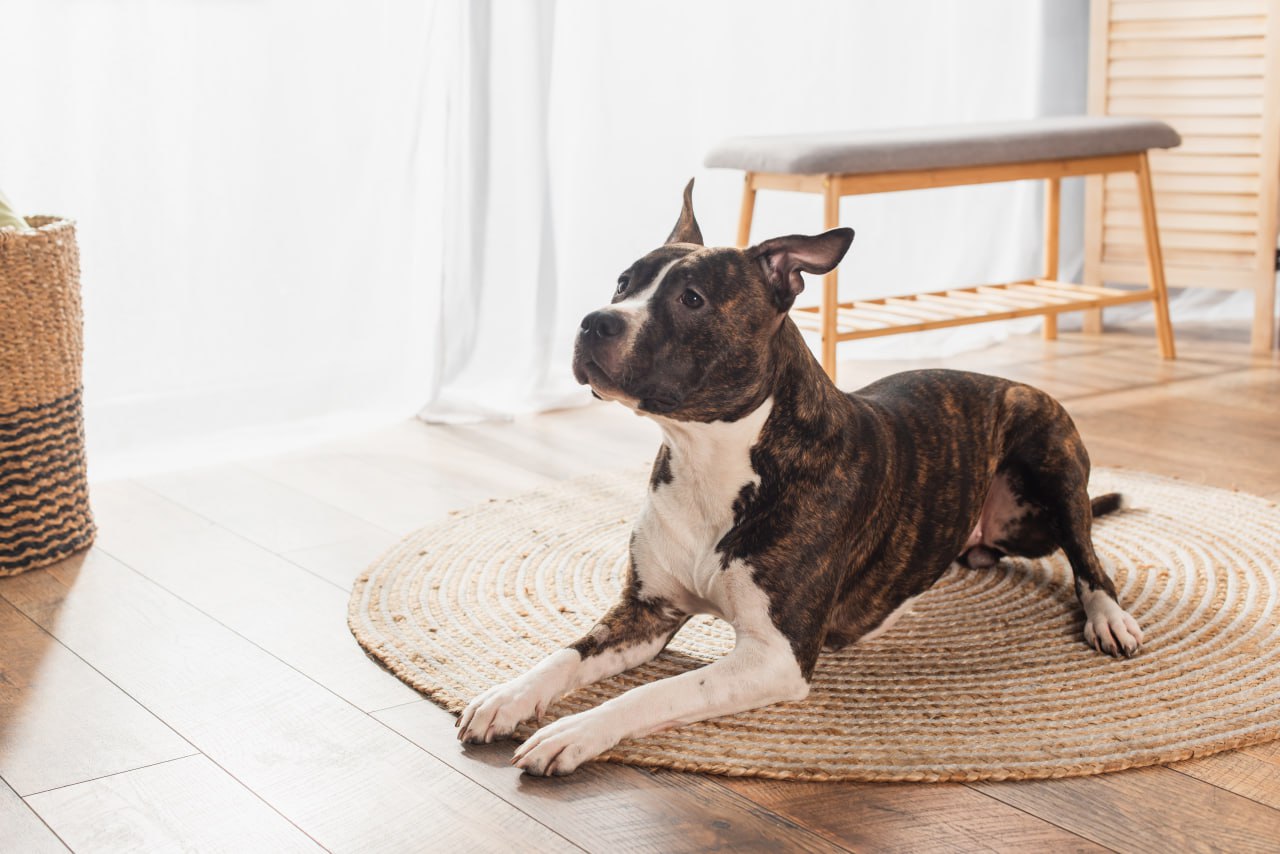When is the Best Time of Year to Install Hardwood Floors?
When it comes to transforming your home with the timeless elegance of hardwood flooring, timing is everything. Here at Checkpoint Flooring Solutions, serving the Tampa Bay Area, Florida, we understand the unique challenges and benefits associated with hardwood installation. Choosing the right time of year for flooring installation can make a significant difference in the quality and longevity of your new floors.
Understanding Humidity Levels
One of the most critical factors to consider for hardwood installation is humidity. Tampa Bay’s humid subtropical climate means we experience high humidity levels throughout much of the year. Hardwood floors are particularly sensitive to moisture, which can cause the wood to expand, contract, or even warp. Therefore, it’s essential to select a time of the year when humidity levels are more stable.
Ideal Time to Install Hardwood Floors
While hardwood floors can technically be installed year-round, the best time to install hardwood floors in the Tampa Bay Area is during the cooler, drier months of late fall and winter. Typically, this period runs from November to February. During these months, humidity levels are lower, and temperatures are more consistent, reducing the risk of moisture-related issues during the installation process.
Benefits of Winter Installation
- Stable Humidity Levels: The cooler months bring lower humidity levels, providing a more controlled environment for hardwood flooring installation. This stability helps prevent the wood from expanding and contracting excessively, ensuring a smoother installation process and a more durable finish.
- Reduced Moisture: With less moisture in the air, the subfloor and the hardwood planks are less likely to absorb water, which can cause warping or buckling. A dry environment is crucial for the adhesives and finishes used during installation to set properly.
- Contractor Availability: During the winter months, flooring contractors often have more availability. This can lead to more flexible scheduling and potentially faster completion times. It’s also easier to secure experienced installers who can ensure the job is done right.
Preparation for Winter Installation
To ensure a successful hardwood installation during the winter, follow these preparation tips:
- Acclimate the Wood: Before installation, allow the hardwood planks to acclimate to the indoor environment for at least 48 hours. This helps the wood adjust to the temperature and humidity levels of your home, reducing the risk of expansion or contraction after installation.
- Maintain Indoor Climate: Keep your home’s indoor climate stable by using a dehumidifier or humidifier if necessary. Aim to maintain a relative humidity level between 30% and 50% and a consistent temperature to create an optimal environment for your new floors.
- Check for Moisture: Ensure that the subfloor is dry and free from moisture. This step is crucial to prevent any future issues with your hardwood floors. Your flooring installer can use a moisture meter to check the subfloor’s moisture content before starting the installation.
The Installation Process
The installation process for hardwood flooring involves several critical steps to ensure a beautiful and long-lasting finish. Here’s an overview of what to expect:
- Subfloor Preparation: The subfloor must be clean, dry, and level. Any imperfections can affect the installation process and the final appearance of the hardwood floors.
- Acclimation: As mentioned earlier, acclimating the hardwood planks is vital. This step ensures that the wood adjusts to your home’s environment, reducing the risk of future movement.
- Layout Planning: The installer will plan the layout of the planks to ensure a visually appealing pattern. This includes deciding the direction of the planks and accounting for any unique features of your space.
- Installation: The actual installation can be done using various methods, including nail-down, glue-down, or floating floor techniques. The choice of method depends on the type of hardwood flooring and the specific conditions of your home.
- Finishing Touches: After the planks are installed, the final steps include sanding (if necessary), staining, and applying a protective finish. These steps enhance the appearance of the hardwood floors and provide a durable surface.
Other Considerations
While winter is generally the best time for hardwood installation in Tampa Bay, it’s essential to consider other factors that might affect your decision. For example, if you’re planning a significant home renovation, coordinate the flooring installation with other projects to avoid potential conflicts. Additionally, consider your personal schedule and any upcoming events that might impact the timing of the installation.
Choosing the right time of year for hardwood installation is crucial for achieving the best results. In the Tampa Bay Area, the cooler, drier months of late fall and winter offer the ideal conditions for installing hardwood floors. By understanding the importance of humidity levels and following best practices for preparation and installation, you can enjoy the beauty and durability of your hardwood flooring for years to come.
At Checkpoint Flooring Solutions, we’re here to guide you through every step of the flooring installation process. Our experienced team is dedicated to providing exceptional service and ensuring your hardwood floors are installed to the highest standards. Contact us today to schedule a consultation and take the first step towards transforming your home with stunning hardwood flooring.

